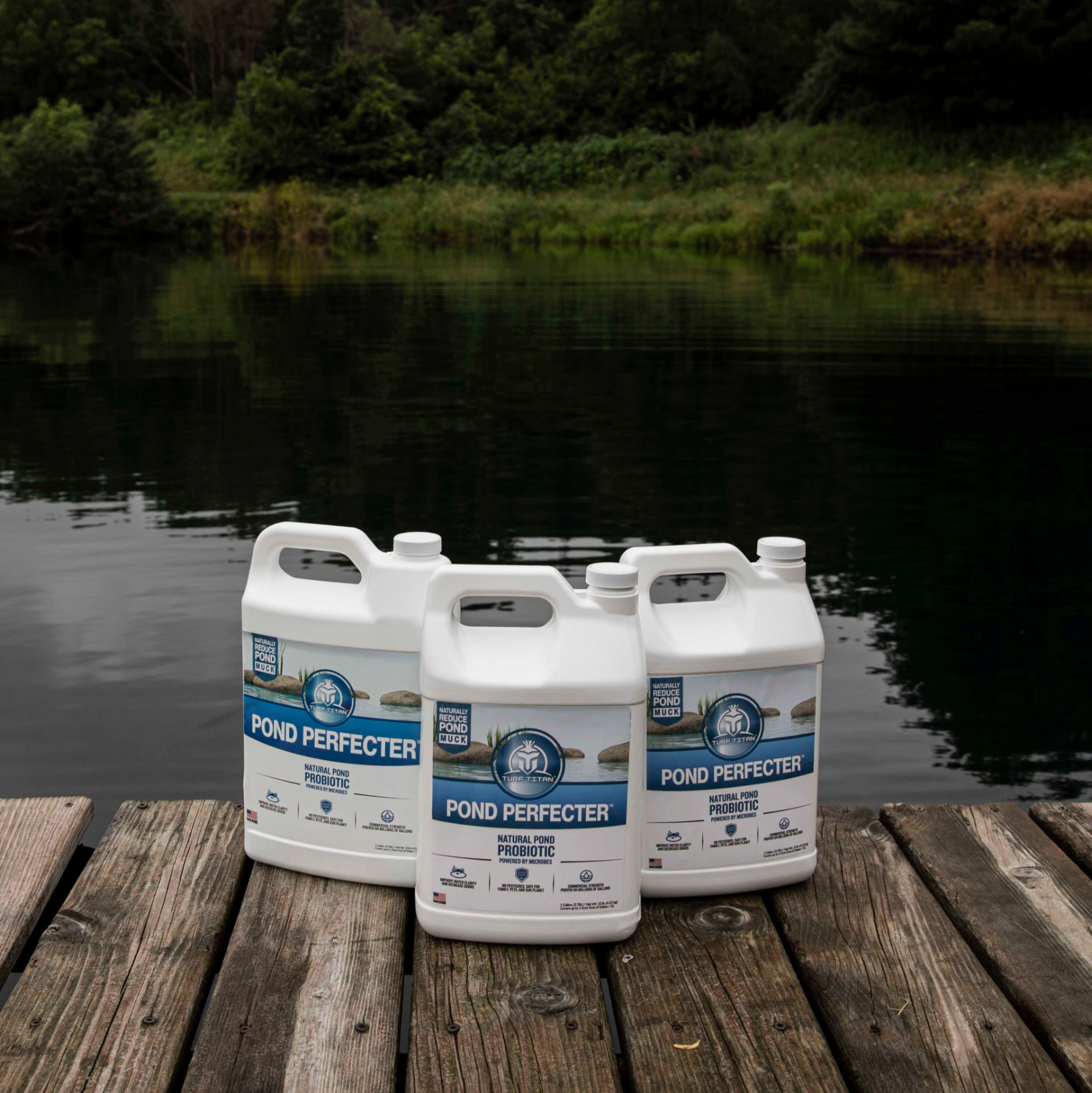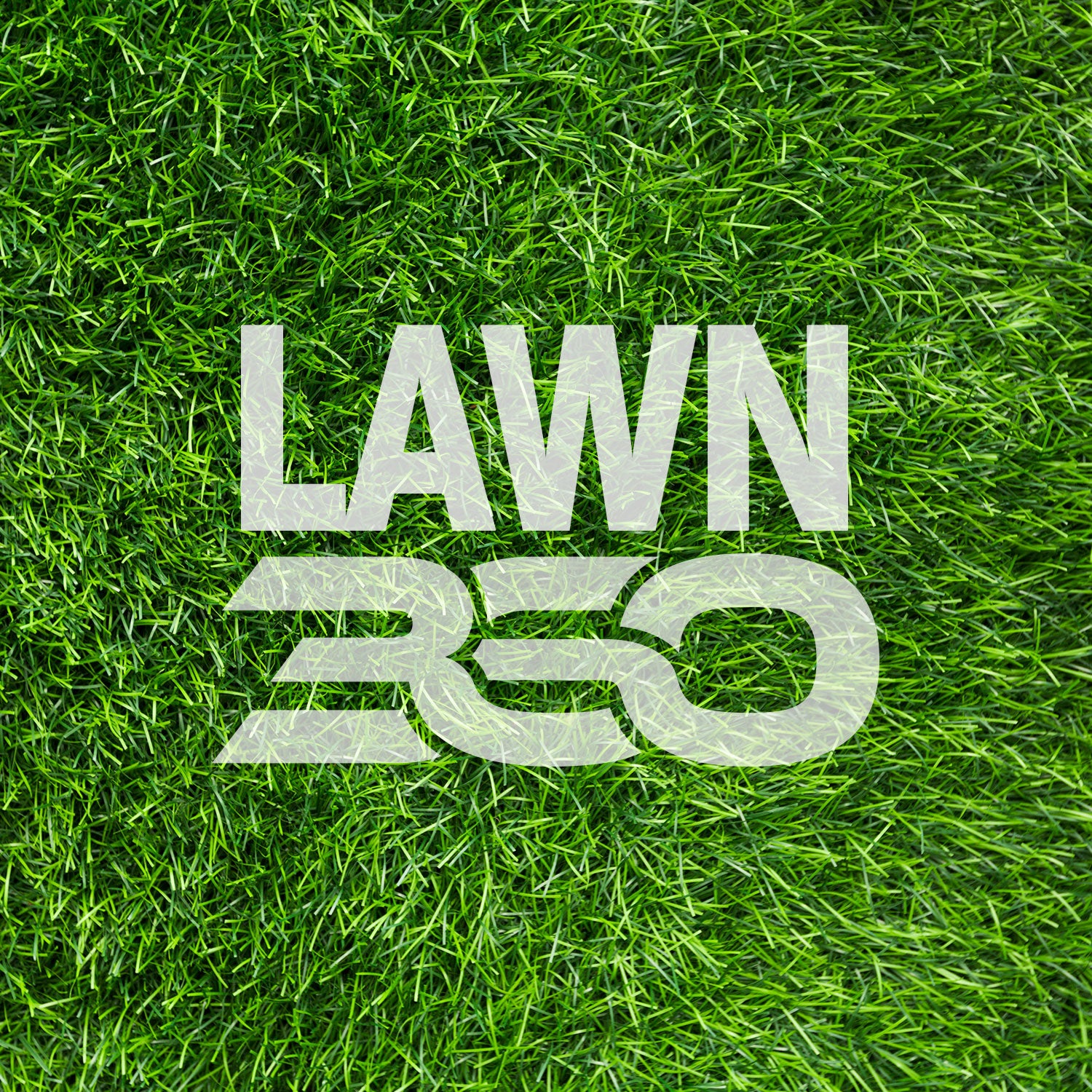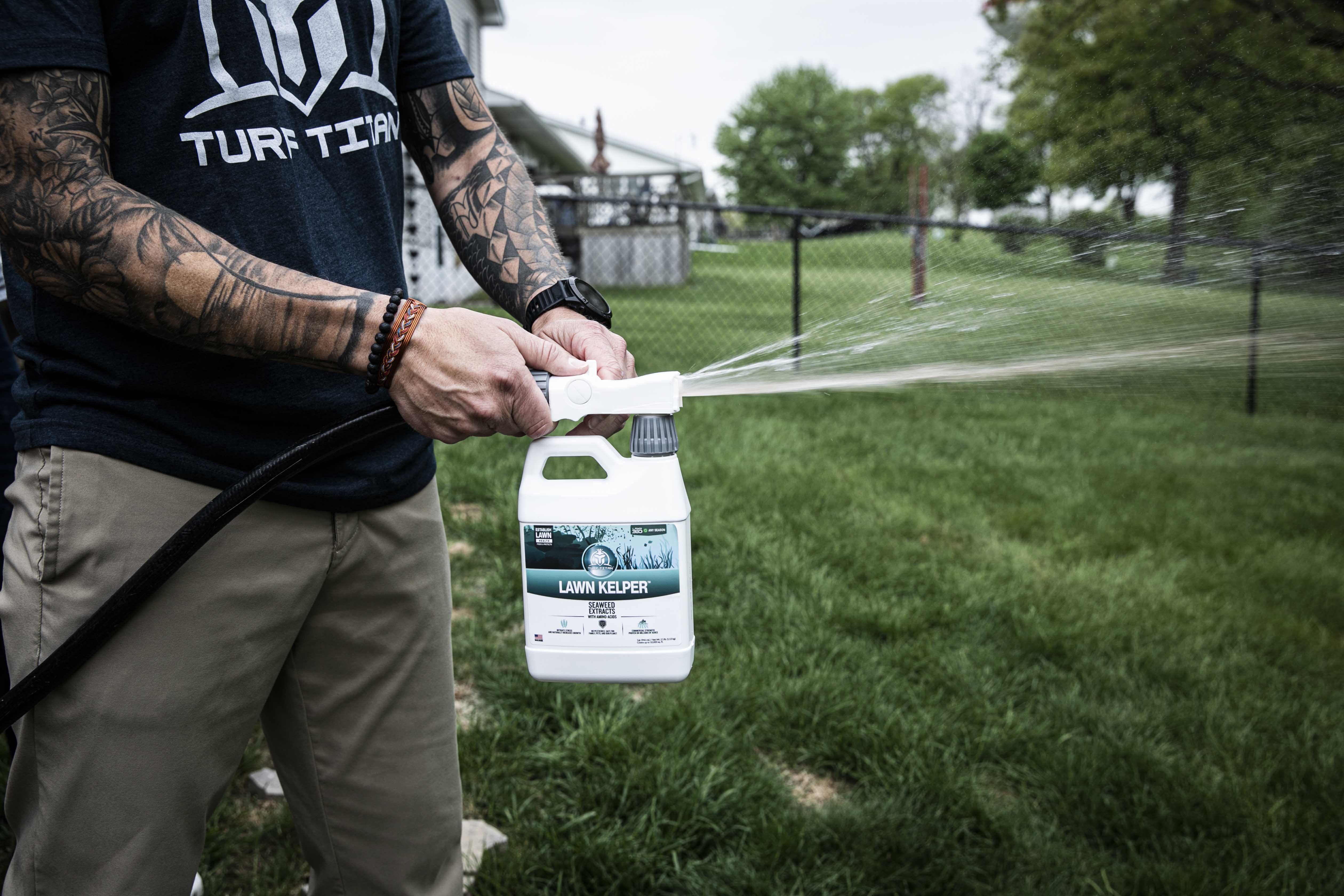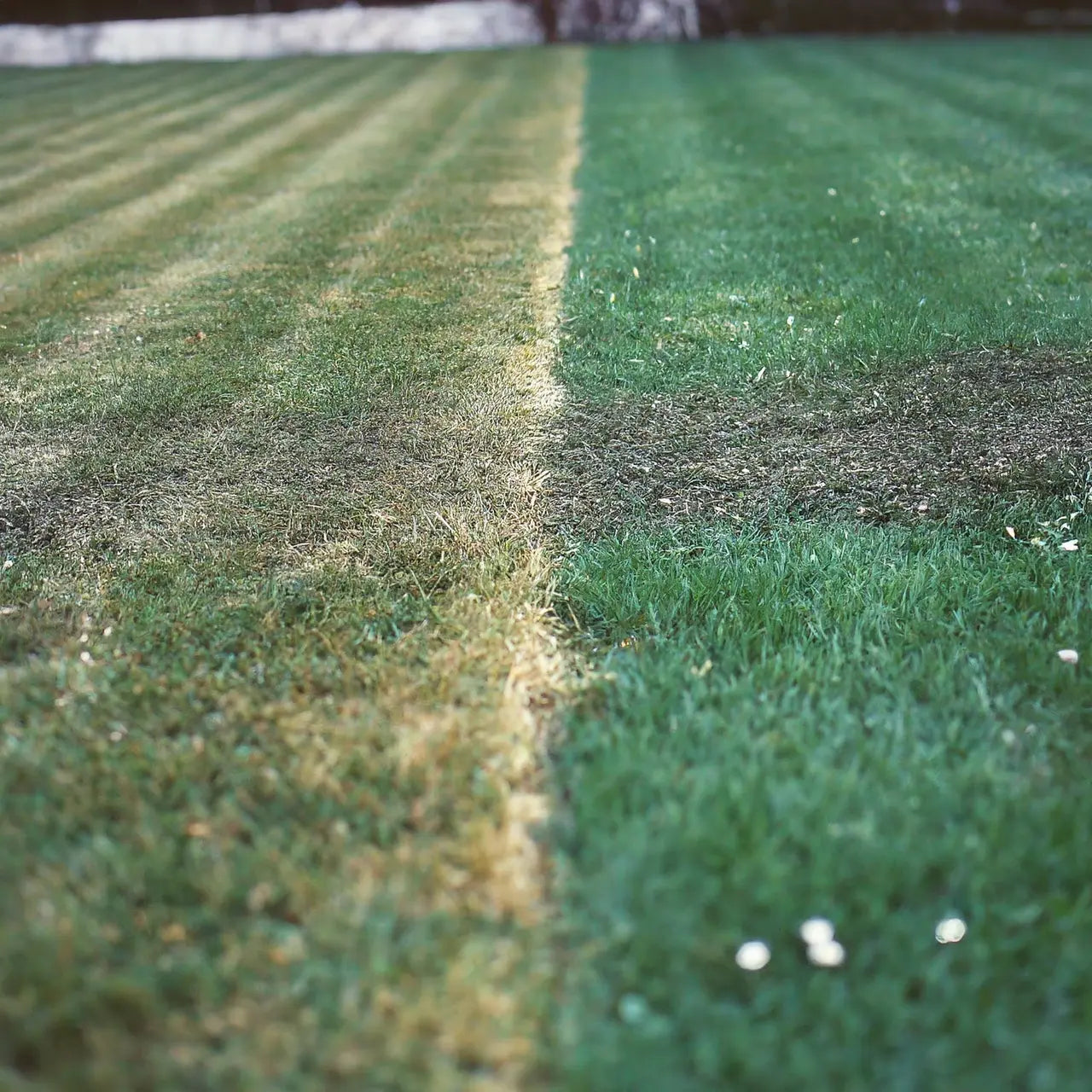
The Ultimate Guide to Lawn Regeneration: Improving Soil Health for a Lusher Lawn
Transform your tired, lackluster grass into a vibrant, thriving oasis. Dive into the secrets of lawn regeneration and unlock the potential lying dormant in your soil. Understanding Lawn Regenera...
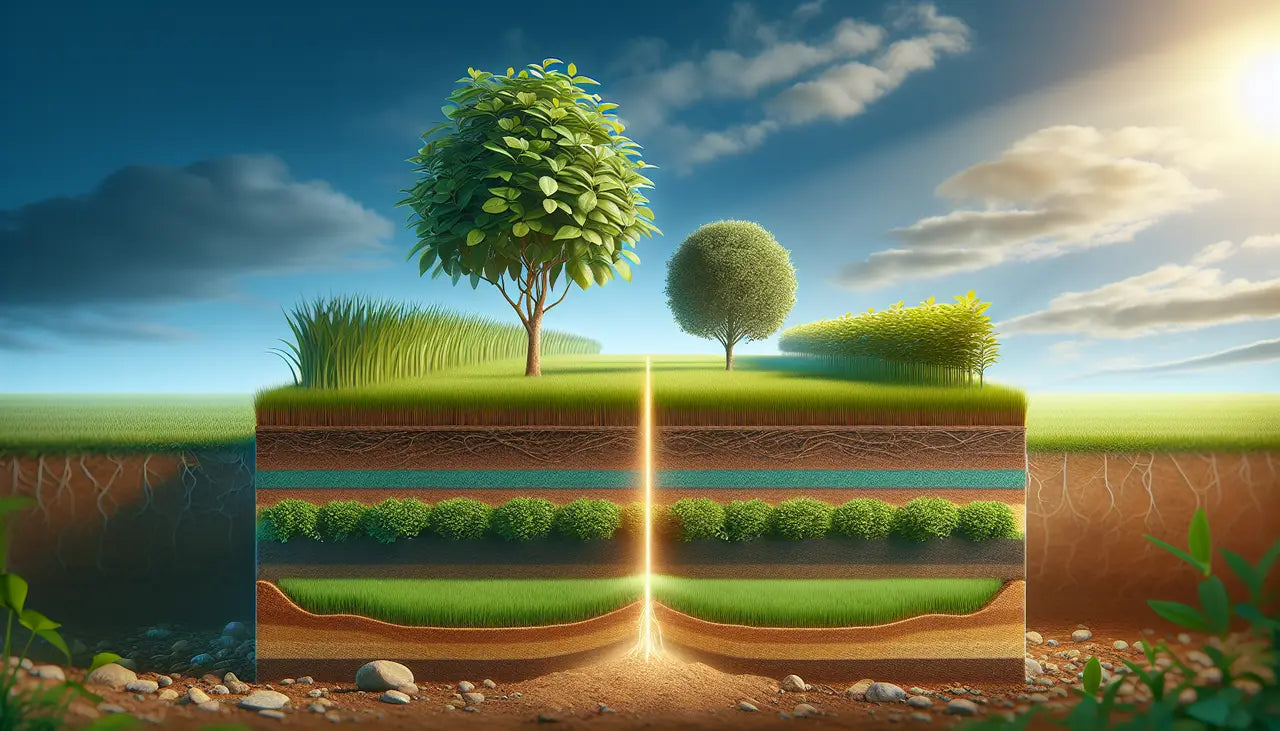
The Impact of Safe Lawn Treatments on Soil Quality and Plant Growth
Introduction to Safe Lawn Treatments: What Are They? Safe lawn treatments – what are they, and why should you care? At their core, safe lawn treatments refer to products and methods used to mainta...
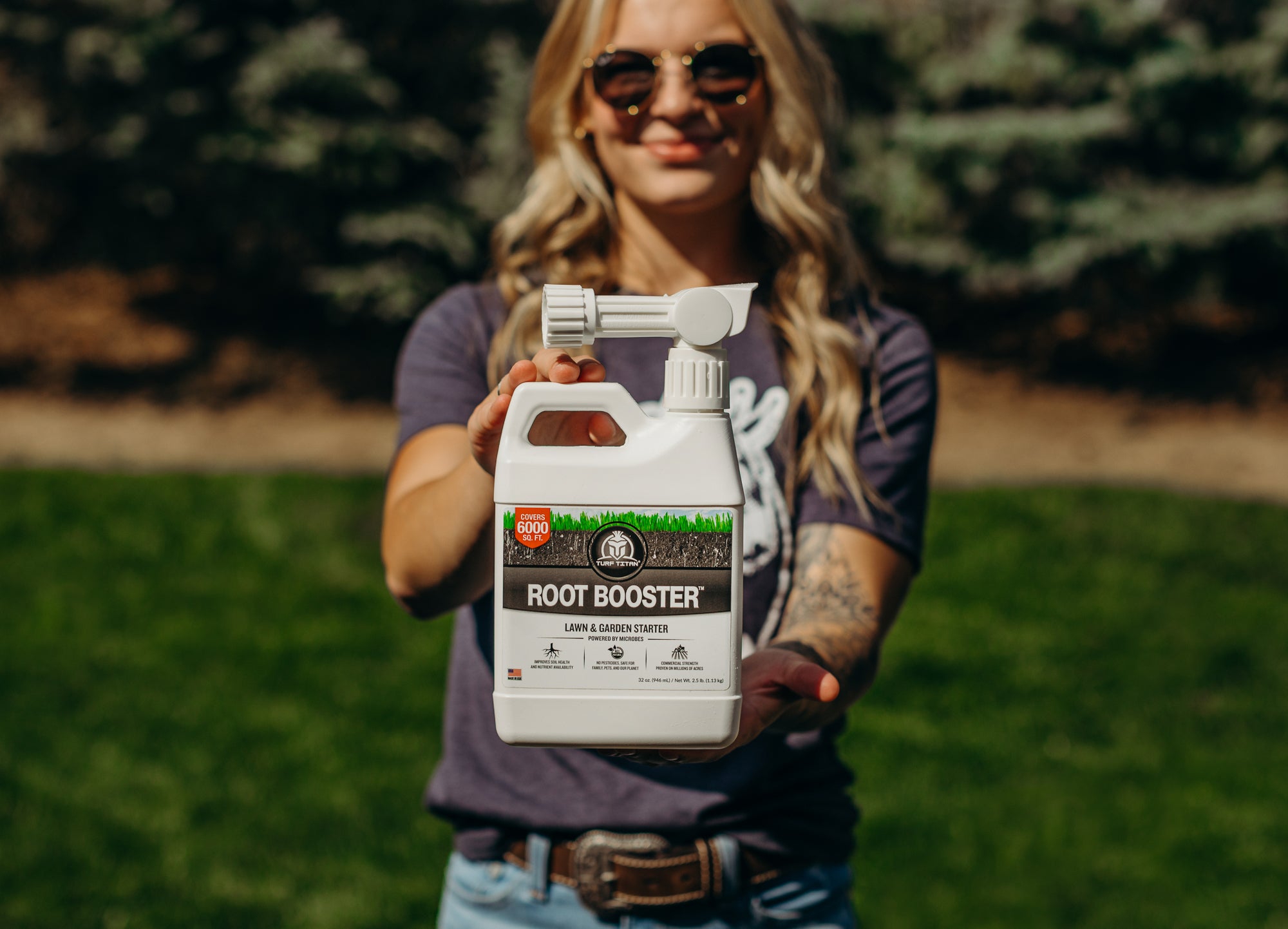
5 Reasons Why Organic Yard Treatment is the Future of Lawn Care
Introduction to Organic Yard Treatment Organic yard treatment is not just another trend. It’s the future of lawn care, and here’s why. Traditional lawn care products often come packed with chemica...

Mowtivator Spotlight: Joy Van Wyngarden
Joy Van Wyngarden spent her childhood growing up on a conventional row-crop farm in the country. But after she graduated from high school, she got hooked on producing her own food in her backyard. ...
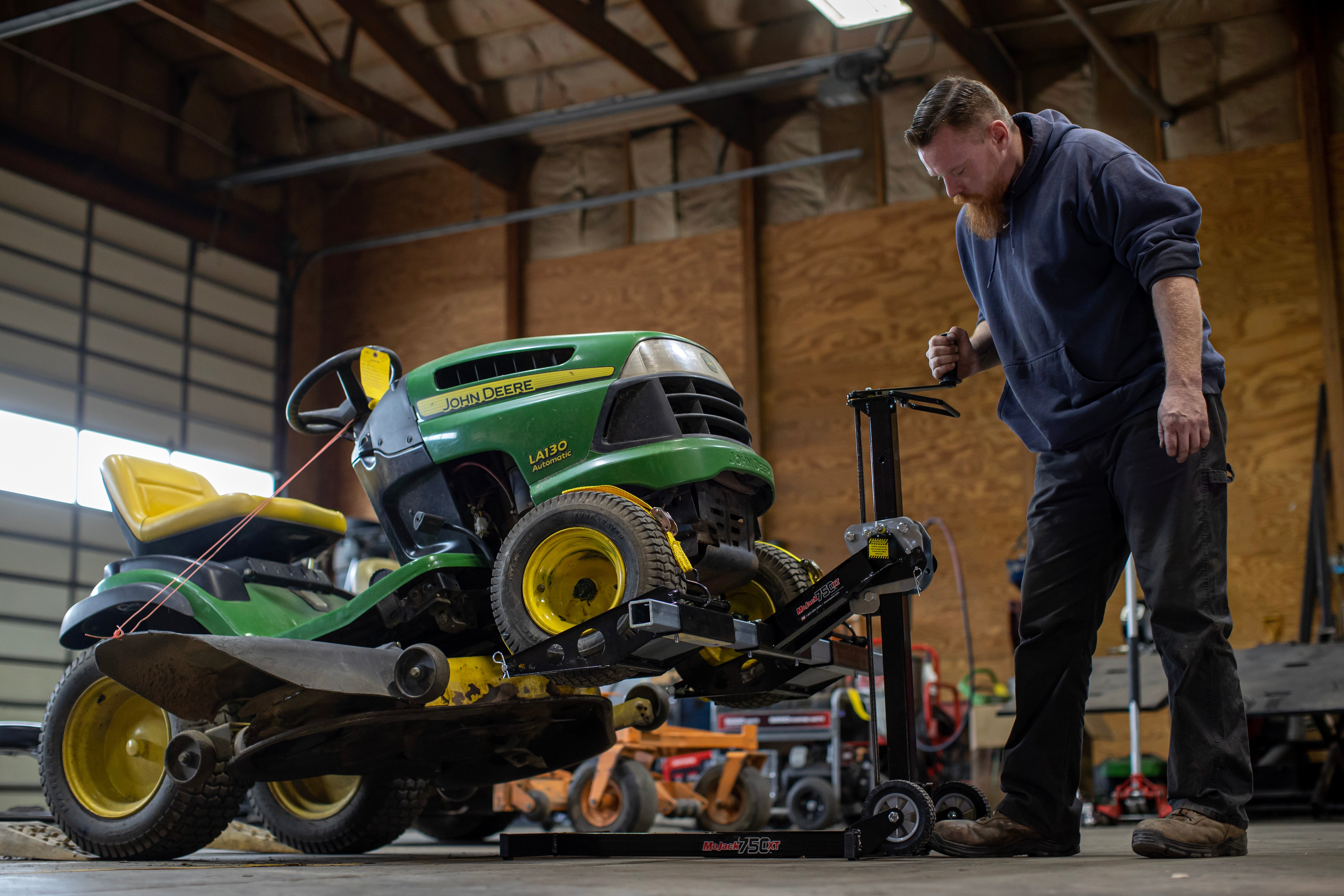
After a long mowing season, take a few simple steps to prepare your mower for winter. Empty the Fuel Tank or Add a Stabilizer When left in the tank over winter, gasoline can gum up or corrode ...
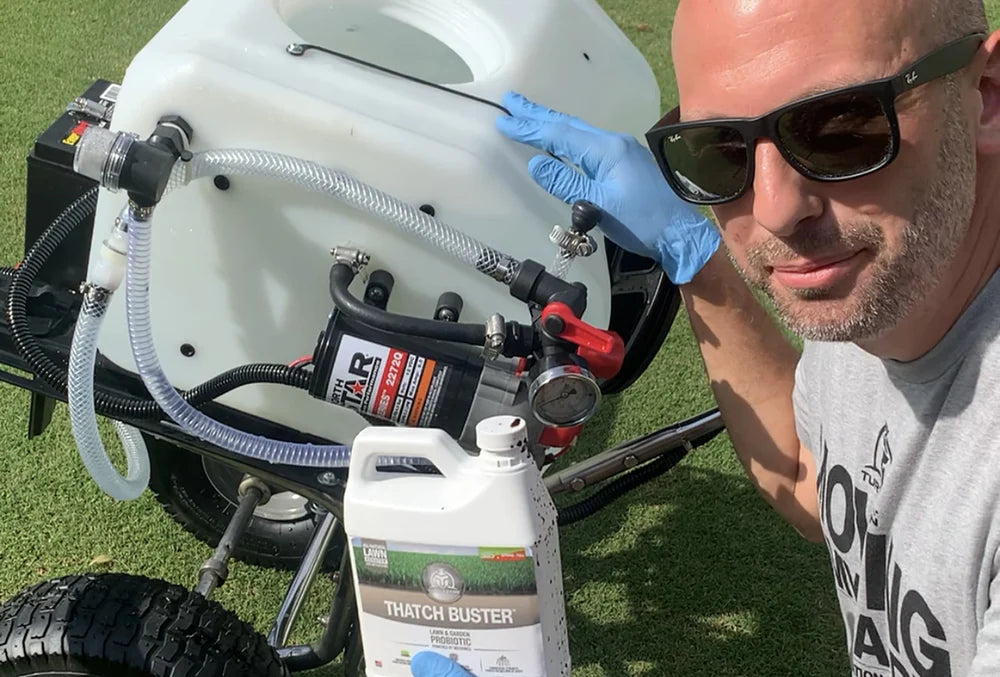
Mowtivator Spotlight: Lawn Dad
LawnDad launched in 2018 and has since helped thousands of homeowners transform their lawns. Here’s more on the man behind this Mowtivator. Working in finance in North Georgia, LawnDad first bec...


